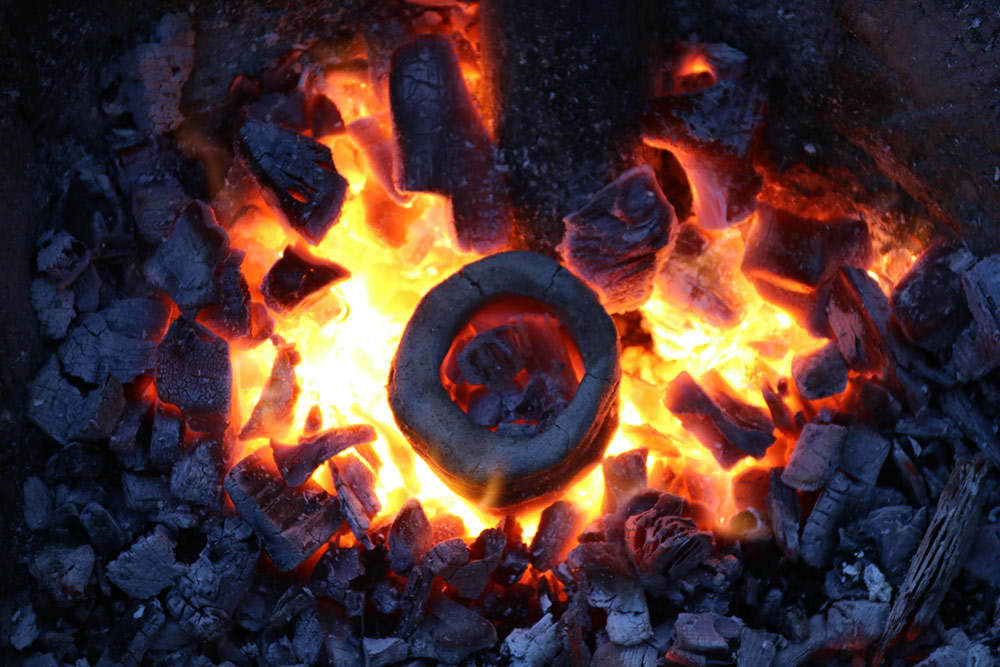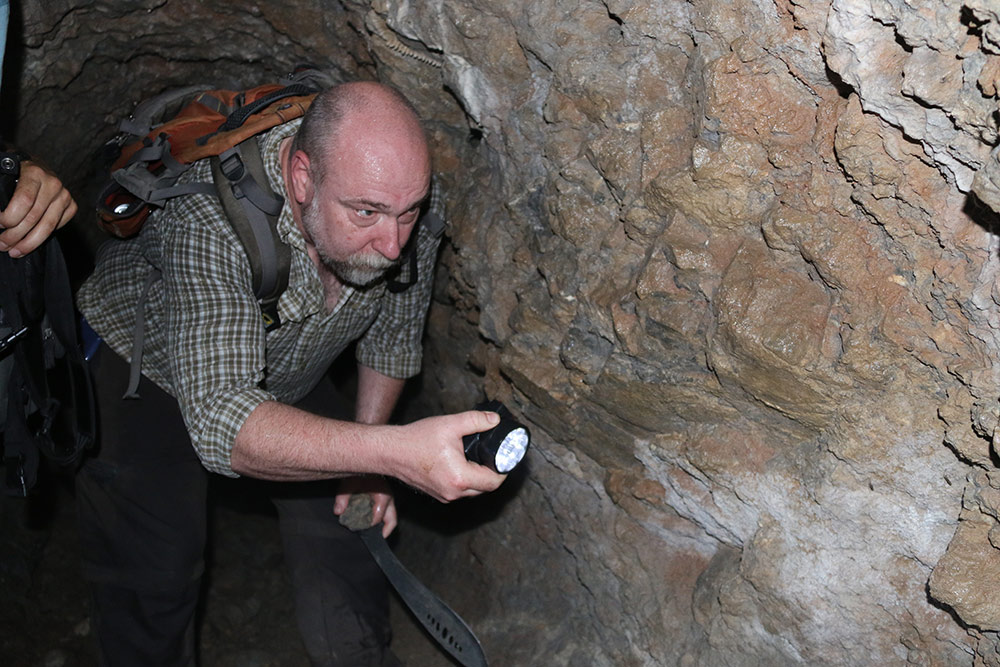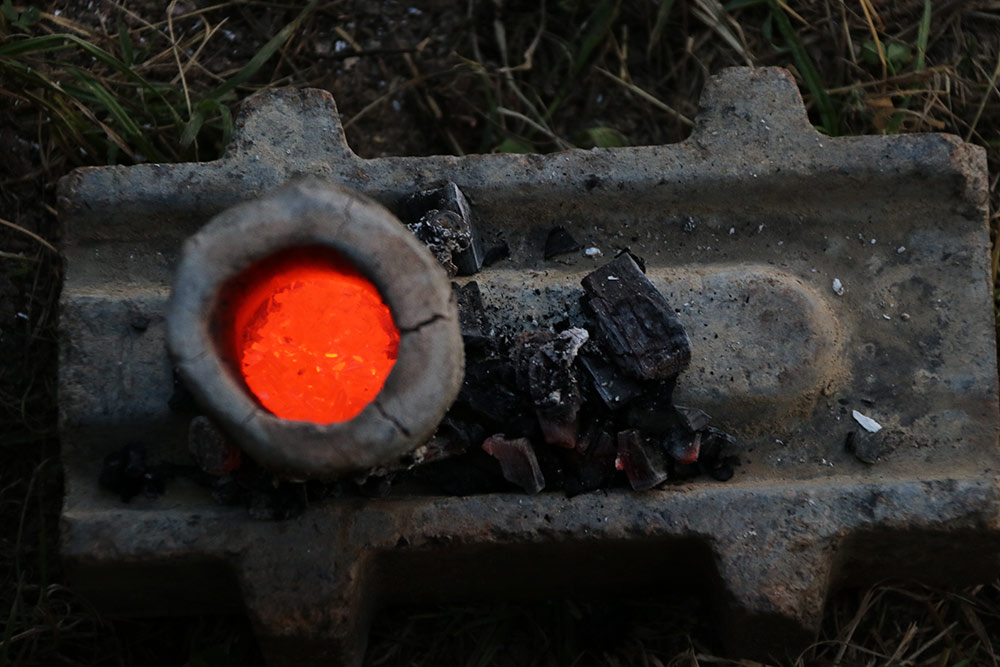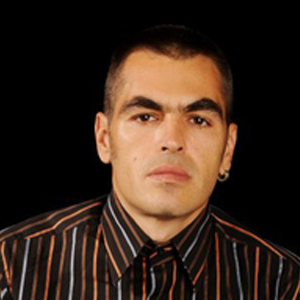Jadar Project
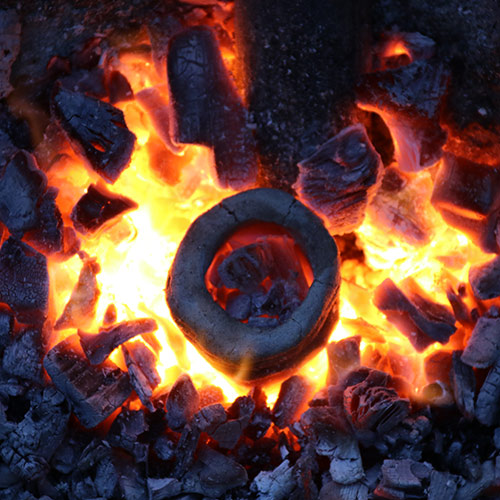
Project directors:
Dr Vojislav Filipović, Institute of Archaeology
Dr Aleksandar Bulatović Institute of Archaeology
Prof. Dr Wayne Powell, Brooklyn College
Prof. Dr Arthur Bankoff, Brooklyn College
Institutions involved in the project:
Institute of Archaeology, Belgrade
Brooklyn College
Institute for the Protection of Cultural Monuments Valjevo
Jadar Museum, Loznica
The multidisciplinary project, known as the Jadar project, focusing on archaeological research of settlement systems, burials, and mineral resources in the Bronze Age of north-western Serbia, has been ongoing since 2011, through the collaborative efforts of the Institute of Archaeology from Belgrade, Serbia, and Brooklyn College of the City University of New York, USA. To date, three contracts have been signed, ensuring the continuous progress of the project from 2011 to 2016, from 2016 to 2020, and from 2021 to 2025.
The project aims to document archaeological sites from the Bronze Age in the territories of Jadar, Radjevina, and Pocerina, and to investigate settlement systems, burial customs, and mineral resources in north-western Serbia during the specified period. The research encompasses archaeological and geological studies across north-western Serbia, with particular emphasis on the Jadar river basin. Given that Bronze Age settlements in this area were largely unknown until recent years, and recognizing the significance of examining tin ore deposits for the early stages of bronze metallurgy in this part of Europe, the project has yielded crucial expert insights into these issues. The exploration of bronze metallurgy and the study of tin deposits have only recently gained prominence in both domestic and global archaeology.
The international team leading the project comprises experts from diverse fields, including archaeology, geology, hydrology, zoology, geography, sedimentology, and geographic information systems (GIS). Previous fieldwork included archaeological investigations at two mounds at the Šumar site in Belotić, research on one mound at the Tumuli site near the bridge in Krivajica, as well as minor surveys at Ostenjak Castle in the village of Likodra, the Kovačevića cave site in the village of Cerova, the Trojanov grad site on Mount Cer, and the Gradac locality in the village of Cikote. These endeavours led to the discovery of movable archaeological artifacts and the collection of numerous samples for various analyses. Notably, at the Gradac site, a stone bed constructed using the dry-wall technique and materials corresponding to the Late Bronze Age period of the lower Podrinje region were documented. Concurrently, comprehensive field geological, pedological, climatological, sedimentological, and hydrological surveys were conducted, and samples were gathered for various analyses. Significant alluvial deposits of cassiterite tin ore were identified on the southern slopes of Mount Cer and along local river courses.
Thus far, the project has probed or explored a total of 10 sites and collected over 700 samples of bronze objects from the entire Southeast Europe region, which were subsequently analysed in the USA. In addition to permanent team members, over 50 students from the USA and 20 students from Serbia have participated in field research campaigns, and the findings from the project have contributed to several theses and master’s theses.
Сарадници
Selected bibliography:
Powell, W., Bankoff, A., Mason, A., Mathur R., Bulatović, A. and Filipović, V. 2018. Tin Sources and Regional Trade in the Bronze Age of Southeast Europe: Evidence from Tin Isotopes. pp. 141-149. in: Gold&Bronze, Metals, Technologies and Interregional Contacts in the Eastern Balkans during the Bronze Age (eds. S. Alexandrov, Y. Dimitrova, B. Horejs and K. Chukalev). Sofia: NAIM BAN.
Powell, W., Mathur, R., Bankoff, A.H., John, J., Chvojka, O., Tisucká, M., Bulatović, A., Filipović, V. 2018. Copper isotopes as a means of determining regional metallurgical practices in European prehistory: a reply to Jansen (2018). Journal of Archaeological Science 89 (2018): 1–6.
Mason, A., Powell, W., Bankoff, H.A., Mathur, R., Price, M., Bulatović, A., Filipović, V. 2020. Provenance of tin in the Late Bronze Age balkans based on probabilistic andspatial analysis of Sn isotopes. Journal of Archaeological Science 122: 1-13 (https://doi.org/10.1016/j.jas.2020.105181)
- Huska, W. Powell, S. Mitrović, H.A. Bankoff, A. Bulatović, V. Filipović and R. Boger 2014. Placer Tin Ores from Mt. Cer, West Serbia, and Their Potential Exploitation during the Bronze Age. Geoarchaeology2014 29 (6): 477-493. (doi 10.1002/gea.21488)
Mason, A.H., Powell W.G., Bankoff H.A., Mathur R., Bulatović, A., Filipović, V. and Ruiz, J. 2016. Tin isotope characterization of bronze artifacts of the central Balkans. Journal of Archaeological Science 69 (2016): 110-117. (DOI:10.1016/j.jas.2016.04.012)
Powell W.G., Mathur R., Bankoff H.A., Mason, A.H., Bulatović, A., Filipović, V. and Godfrey, L.2017. Digging deeper: Insights into metallurgical transitions in European prehistory through copper isotopes. Journal of Archaeological Science 88 (2017): 37-46. (DOI:10.1016/j.jas.2017.06.012)
- Gligorić, V. Filipović and A. Bulatović 2016. An AMS Dated Late Bronze Age Grave From the Mound Necropolis at Paulje. StarinarLXVI: 103-109. (ISSN 0350-0241)
Bulatović, A., Powell, W., Bankoff, H.A., Filipović, V. 2020. Some Remarks on the Genesis of the Early Eneolithic in the Central Balkans. Starinar LXX: 9–40.
- Powell, A. Huska, H.A. Bankoff, A. Bulatović and V. Filipović 2014. Ancient Tin Smelting at Mt. Cer, Serbia: Chemical and Mineralogical Evidence from Ceramic Sherds. Geological Association of America, 2014 Annual Meeting & Exposition, 19–22 October • Vancouver, BC, Canada, 159.
Filipović, V. 2015. Late Bronze Age Particularities in Burial Customs in the Lower Drina Region, 14th International Colloquium of Funerary Archaeology: Funerary Practices during the Bronze and the Iron Ages in the Central and Southeast Europe, Čačak, 24 – 27 September 2015, 13.
Filipović, V. 2017. Belotić-type bronze pins and the phenomenon of long pins. Late Bronze Age Mortuary Practices and Society in the Carpathian Basin. International Conference, Zagreb, 9th-10th February 2017, 8.
Powell, W., Bankoff, H.A., Mason, A., Mathur, M., Bulatović, A., Filipović, V. 2019. Sn isotopic evidence for Late Bronze Age exploitation of multiple tin sources across the Central Balkan. UK-Gespräche Bronze Age Metallurgy production – consumption – exchange and 20th Anniversary Archaeometallurgical Laboratory VIAS, International Conference, Vienna (Austria), University Vienna 23rd – 24th May 2019, 8-9.
Filipović, V. 2021. Peći u praistorijskim humkama na teritoriji zapadne Srbije. Od morja do morja – Življenje in smrt v pozni bronasti dobi med »Panonskim« in Jadranskim morjem. (ur. M. Blečić-Kavur i B. Kavur) Koper – Ptuj 20.–21.5.2021. str. 22. Kopar-Ptuj: Univerza na Primorskem i Pokrajinski muzej Ptuj – Ormož.
А. Булатовић, В. Филиповић и Р. Глигорић 2017. Лозница – културна стратиграфија праисторијских локалитета у Јадру, Рађевини и Азбуковици. Археолошка грађа Србије Х. Београд – Лозница: Археолошки институт – Музеј Јадра. (ISBN 978-86-6439-011-8)
H.A. Bankoff, A. Bulatović, S. Mitrović, V.Filipović, R. Boger, W. Powell, A. Huska and C. Kulkarni 2013. New Archaeological Research in the Jadar region of West Serbia, 2010 and 2011. у: Резултати нових археолошких истраживања у северозападној Србији и суседним територијама (ур. В. Филиповић, Р. Арсић и Д. Антоновић), Београд – Ваљево: Српско археолошко друштво и Завод за заштиту споменика културе Ваљево, 57-75. (ISBN 978-86-913229-6-0)



